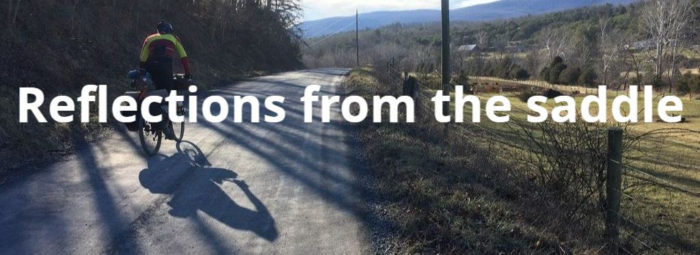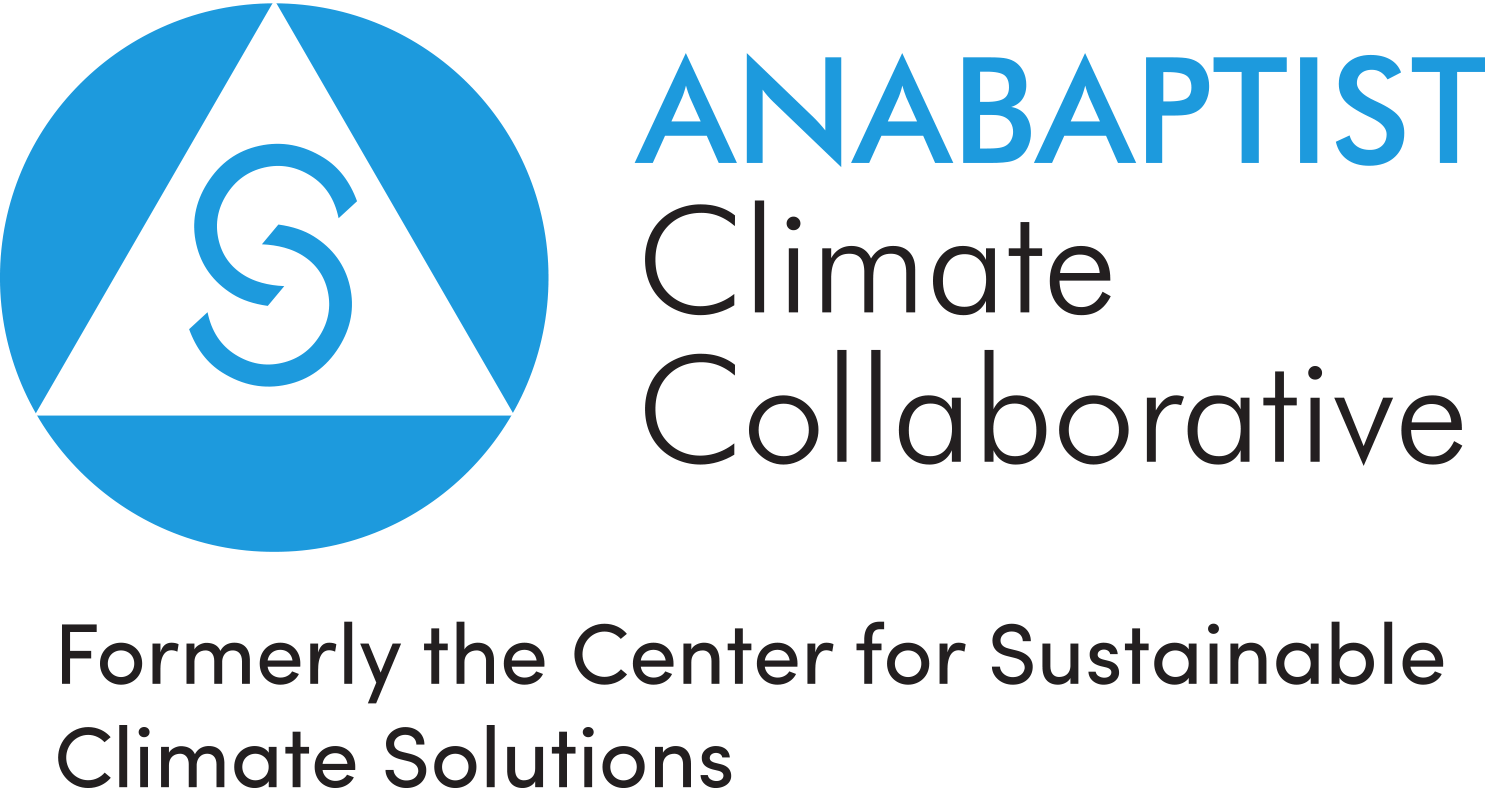
By Isaac Alderfer
‘A World of Wounds, Beauty and Hope’
Fernwood State Forest, OH, July 23
Famous naturalist Aldo Leopald wrote in the Sand County Almanac in 1949, “One of the penalties of an ecological education is that one lives alone in a world of wounds.” Leopald spent much of his life exploring the natural world and learning its intricacies and nuance, and his words have long been well-respected in the ecological world. To some extent, he makes a good point.
When I was growing up I loved to play in the creek catching crayfish and chasing fish that seemed to always evade my net. I ran through the woods and fields around my house climbing trees, building forts, and collecting rocks for the collection I kept under my bed. I felt like a real explorer and there was nothing I loved more than getting a little lost in my own little natural world. I still often think of my favorite book growing up called the Salamander Room, by Anne Mazer. It is a fantasy story of a young boy slowly transforming his bedroom into a little pocket of refuge for salamanders as moss covers his bed and bookshelf and trees reach up to the ceiling to create a place where his salamander friends can live comfortably. The innocence in this story felt familiar when I read it as a like-minded and somewhat jealous young boy, and now drips with nostalgia.
I love studying environmental science, I really do. I still catch critters, collect rocks, watch birds, and sometimes find the time to wander without any real purpose through the woods. But now it feels a little different than when I was younger. I know the danger those crayfish are in. I know the woods I walk through were once recklessly clear-cut to feed urban development. I know the rocks I put in my pocket were brought to the surface by a mining operation to produce the energy I use reading my textbooks late into the night.
This summer as we have ridden across the country I see wounds everywhere I look. In Washington, there are burn scars from generational fire suppression that led to infernos the forest couldn’t handle. In Idaho, parking lots on top of mountain passes provide a place for skiers to park. In the Rockies of Montana, pit mines for coal, copper, and platinum create unnatural gaps between the peaks. In Wyoming, vast short-grass prairie is fenced-in and converted to degrading pastureland. In the Black Hills of South Dakota, indigenous people are exploited and pushed aside to make room for more tourists. In the clear-sky plains of Nebraska, conventional high-input agriculture drains the once plentiful aquifer under the land. In the rolling hills of Iowa, topsoil wastes away as farmers are forced to continue harmful practices to make ends-meet. In river-valleys of Illinois, levees channelize and control the mighty water that so-often fights back. In the cathedral-like Oak-Savannah forests of Indiana, invasive species choke out natives and destroy the fragile balance of a sensitive ecosystem. In the pancake plains of western Ohio, drainage ditches and tiles divert water away from the land as the black swamp threatens to reclaim the square-mile cropped fields…
There could be overwhelming reason to loose hope when faced with such injury to the land that we have created in such a short period of time, but Leopald is not the only person to build such an intimate connection with the land. Potawatomi scientist and author of Braiding Sweetgrass, Robin Wall Kimmerer describes a different relationship with the natural world. She says, “Even a wounded world is feeding us. Even a wounded world holds us, giving us moments of wonder and joy. I choose joy over despair. Not because I have my head in the sand, but because joy is what the Earth gives me daily and I must return the gift.”
Despite the damage to the land that my education and curiosity leads me to see, it also gives me the ability to see a lot of beauty and hope in the world too. I saw beauty in the weathered geology of Washington. I saw hope in the baby moose calmly feeding in a marsh by the trail In Idaho. I saw beauty in the towering mountains of Montana. I saw hope in the ecosystem restoration in Yellowstone. I saw joy in the Cheyenne family sharing about their native land in South Dakota. I saw conviction in the politician fighting for water rights in Nebraska. I saw hope in the generosity and innovation of the Land Alliance Folk School and Farm in Iowa. I saw beauty in the vegetable gardens and hospitality of farmers in Illinois. I saw the power to make change in the words of environmental justice advocate Sibonokuhle Ncube in Indiana. I saw the joy of simplicity and hospitality in the rolling hills of Ohio Amish Country.
We may live in a world of wounds, but that does not mean we should be hopeless. We have surely proven that humans can be a destructive force, but I also know that we have the potential to heal our harms. Each person has the ability to love the land and possesses a unique gift for a way to give back what we receive from the world around us. Though it is certainly not always the easiest option, like Kimmerer, I also try my best to choose joy over despair because joy is what the Earth gives me daily and I must return the gift.

